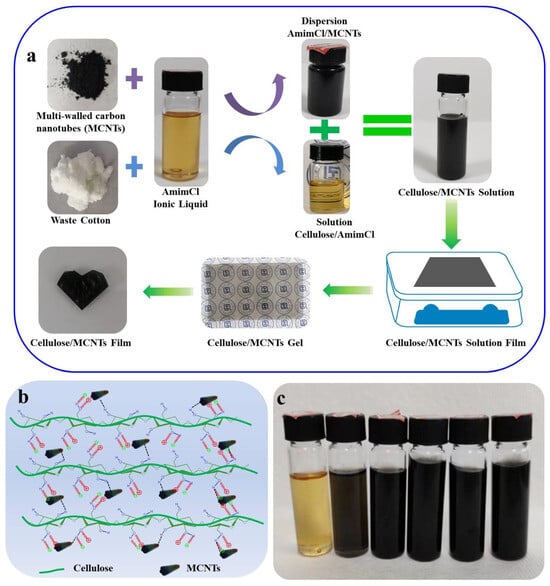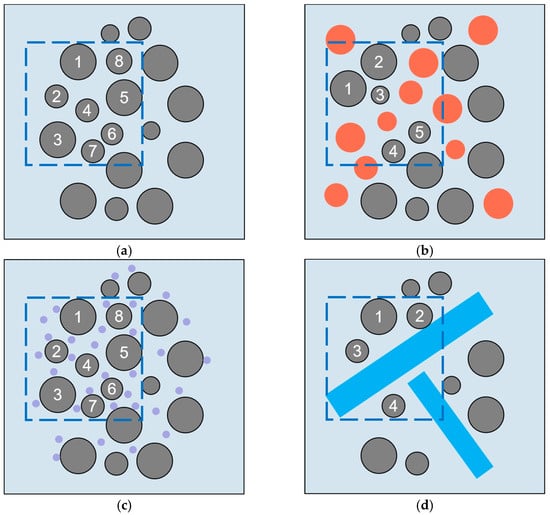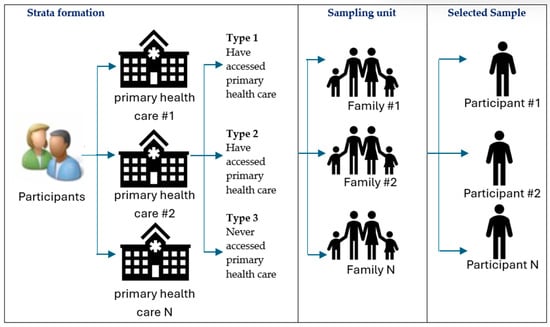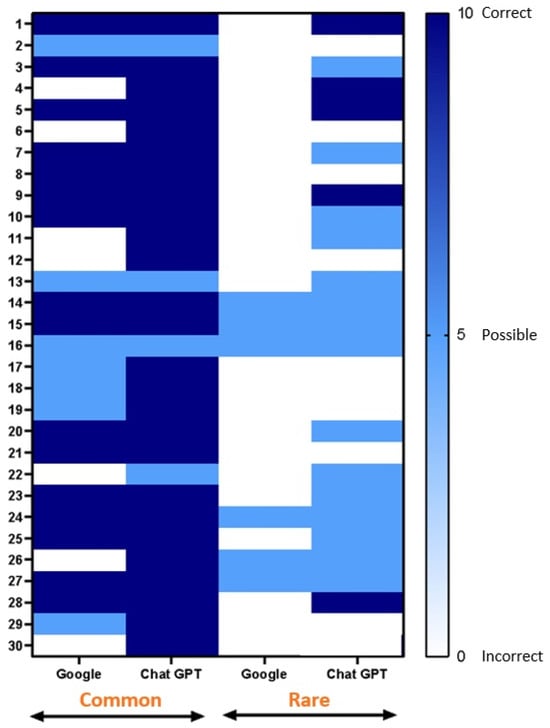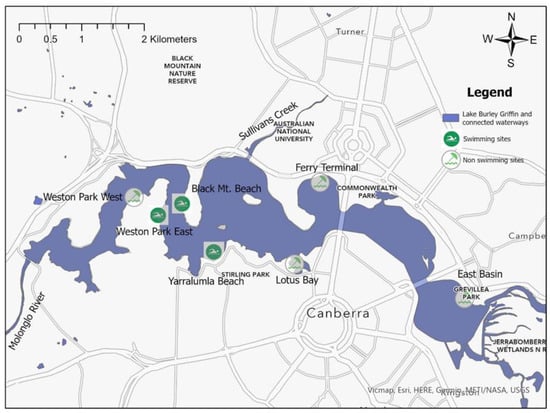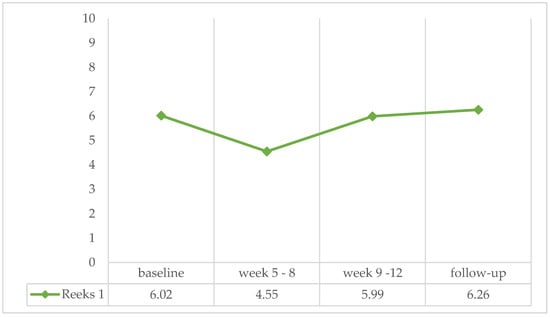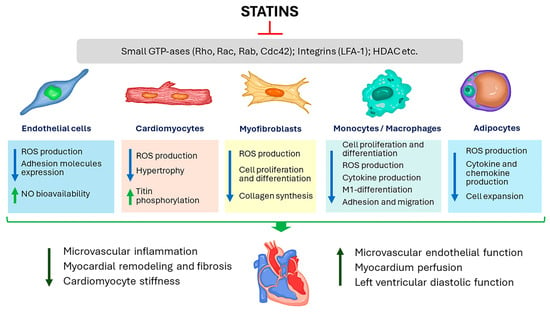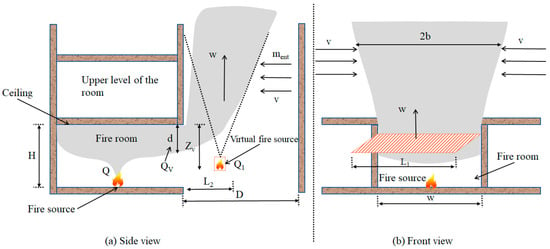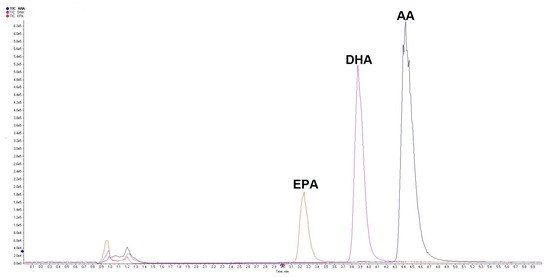Background: Colorectal cancer remains the second leading cause of cancer-related death in the US. As early-onset colorectal cancer (EO-CRC) becomes more prevalent in the US, research attention has shifted towards identifying at-risk populations. Previous studies have highlighted the rising rate of early-onset adenocarcinoma (ADC) and neuroendocrine tumors (NET) in the US. However, data on geographical variations of EO-CRC are scarce. Hence, our study aims to analyze time trends in EO-CRC incidence rates across various US regions and to assess these trends by sex and histopathological subtypes (ADC and NET). Methods: We analyze data spanning from 2001 to 2020 from the United States Cancer Statistics (USCS) database, covering nearly 98% of the US population. Using SEER*Stat software version (8.4.2, NCI), we calculated EO-CRC incidence rates among adults aged 20–54 years, adjusting for the age standard 2000 US population. The rates were categorized by sex and US geographical regions into west, midwest, northeast, and south. Time trends, reported as annual percentage change (APC) and average APC (AAPC), were generated via Joinpoint Regression software (v.5.0.2, NCI) utilizing the weighted Bayesian Information Criteria “BIC” method to generate the best-fit trends with a two-sided
p-value cutoff at 0.05. The rates were also stratified by histopathology into ADC and NET. Results: Between 2001 and 2020, a total of 514,875 individuals were diagnosed with early-onset CRC in the US, with 54.78% being men. Incidence rates and trends varied across geographical regions. In the western region (comprising 106,685 patients, 54.85% men), incidence rates significantly increased in both women (AAPC = 1.37,
p < 0.001) and men (AAPC = 1.34,
p < 0.001). Similarly, in the midwestern region (with 110,380 patients, 55.46% men), there were significant increases in incidence rates among women (AAPC = 1.06,
p < 0.001) and men (AAPC = 1.35,
p < 0.001). The northeastern region (with 94,758 patients, 54.53% men) also witnessed significant increases in incidence rates for both women (AAPC = 0.71,
p < 0.001) and men (AAPC = 0.84,
p < 0.001). In contrast, the southern region (with 203,052 patients, 54.48% men) experienced slower increases in incidence rates among both women and men (AAPC = 0.25,
p < 0.05 in women; AAPC = 0.66,
p < 0.05 in men). When stratified by histopathology, incidence rates for adenocarcinomas (ADC) increased in all regions, most notably in the west (AAPC = 1.45,
p < 0.05), and least in the south (AAPC = 0.46,
p < 0.05). Conversely, for neuroendocrine tumors (NET), while incidence rates increased similarly across all regions, the pace was notably faster compared to ADC, particularly in the west (AAPC = 3.26,
p < 0.05) and slower in the south (AAPC = 2.24,
p < 0.05) Discussion: Our analysis of nationwide US data spanning two decades and encompassing over half a million early-onset CRC patients, representing nearly 98% of the US population, highlights significant temporal variation in incidence rates across various geographical regions. The most substantial increases in incidence rates were observed in the west, while the least pronounced changes were noted in the south, affecting both men and women. These trends persisted across the main CRC histopathological subtypes, with NET exhibiting a notably swifter pace of increase compared with ADC. These findings hold important implications for public health strategies and underscore the need for targeted interventions to address the rising burden of early-onset CRC across different regions in the US.
Full article
 IJMS
IMPACT
IJMS
IMPACT Applied Sciences
IMPACT
Applied Sciences
IMPACT Sustainability
IMPACT
Sustainability
IMPACT Sensors
IMPACT
Sensors
IMPACT JCM
IMPACT
JCM
IMPACT Materials
IMPACT
Materials
IMPACT Molecules
IMPACT
Molecules
IMPACT Energies
IMPACT
Energies
IMPACT Electronics
IMPACT
Electronics
IMPACT Remote Sensing
IMPACT
Remote Sensing
IMPACT Cancers
IMPACT
Cancers
IMPACT Nutrients
IMPACT
Nutrients
IMPACT Mathematics
IMPACT
Mathematics
IMPACT Foods
IMPACT
Foods
IMPACT Buildings
IMPACT
Buildings
IMPACT Polymers
IMPACT
Polymers
IMPACT Animals
IMPACT
Animals
IMPACT Water
IMPACT
Water
IMPACT Plants
IMPACT
Plants
IMPACT Agronomy
IMPACT
Agronomy
IMPACT Biomedicines
IMPACT
Biomedicines
IMPACT Processes
IMPACT
Processes
IMPACT Microorganisms
IMPACT
Microorganisms
IMPACT Diagnostics
IMPACT
Diagnostics
IMPACT Nanomaterials
IMPACT
Nanomaterials
IMPACT Viruses
IMPACT
Viruses
IMPACT Medicina
IMPACT
Medicina
IMPACT Healthcare
IMPACT
Healthcare
IMPACT Cells
IMPACT
Cells
IMPACT Forests
IMPACT
Forests
IMPACT Agriculture
IMPACT
Agriculture
IMPACT Land
IMPACT
Land
IMPACT JMSE
IMPACT
JMSE
IMPACT IJERPH
IJERPH
 Symmetry
IMPACT
Symmetry
IMPACT Genes
IMPACT
Genes
IMPACT Pharmaceutics
IMPACT
Pharmaceutics
IMPACT Coatings
IMPACT
Coatings
IMPACT Micromachines
IMPACT
Micromachines
IMPACT Pharmaceuticals
IMPACT
Pharmaceuticals
IMPACT Atmosphere
IMPACT
Atmosphere
IMPACT Children
IMPACT
Children
IMPACT Religions
IMPACT
Religions
IMPACT Antioxidants
IMPACT
Antioxidants
IMPACT Life
IMPACT
Life
IMPACT Metals
IMPACT
Metals
IMPACT Biomolecules
IMPACT
Biomolecules
IMPACT Vaccines
IMPACT
Vaccines
IMPACT Education Sciences
IMPACT
Education Sciences
IMPACT Minerals
IMPACT
Minerals
IMPACT Horticulturae
IMPACT
Horticulturae
IMPACT Brain Sciences
IMPACT
Brain Sciences
IMPACT JPM
IMPACT
JPM
IMPACT Bioengineering
IMPACT
Bioengineering
IMPACT




